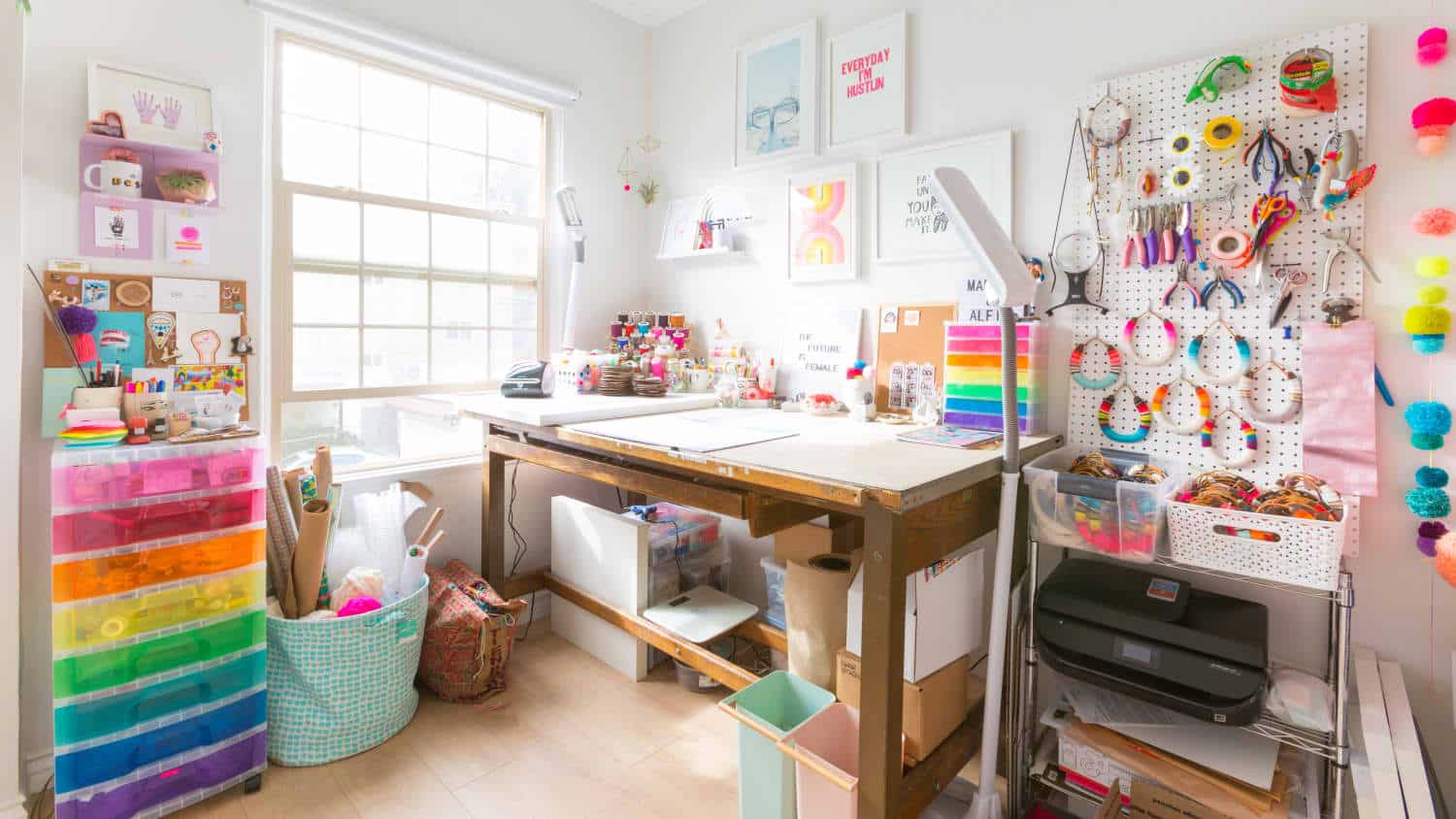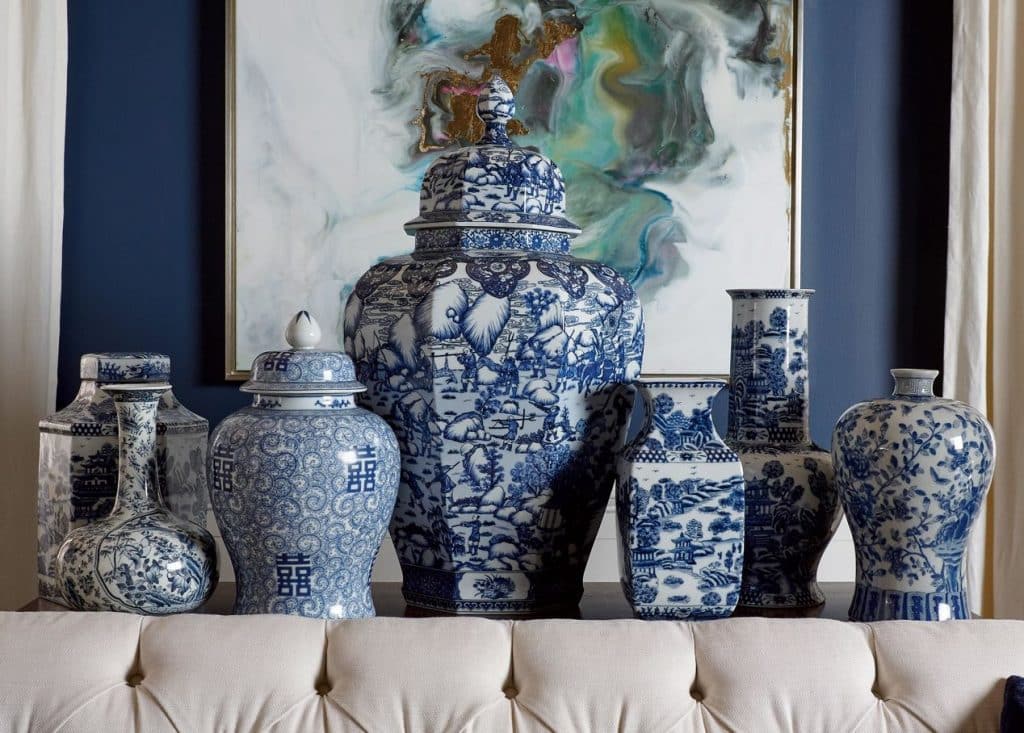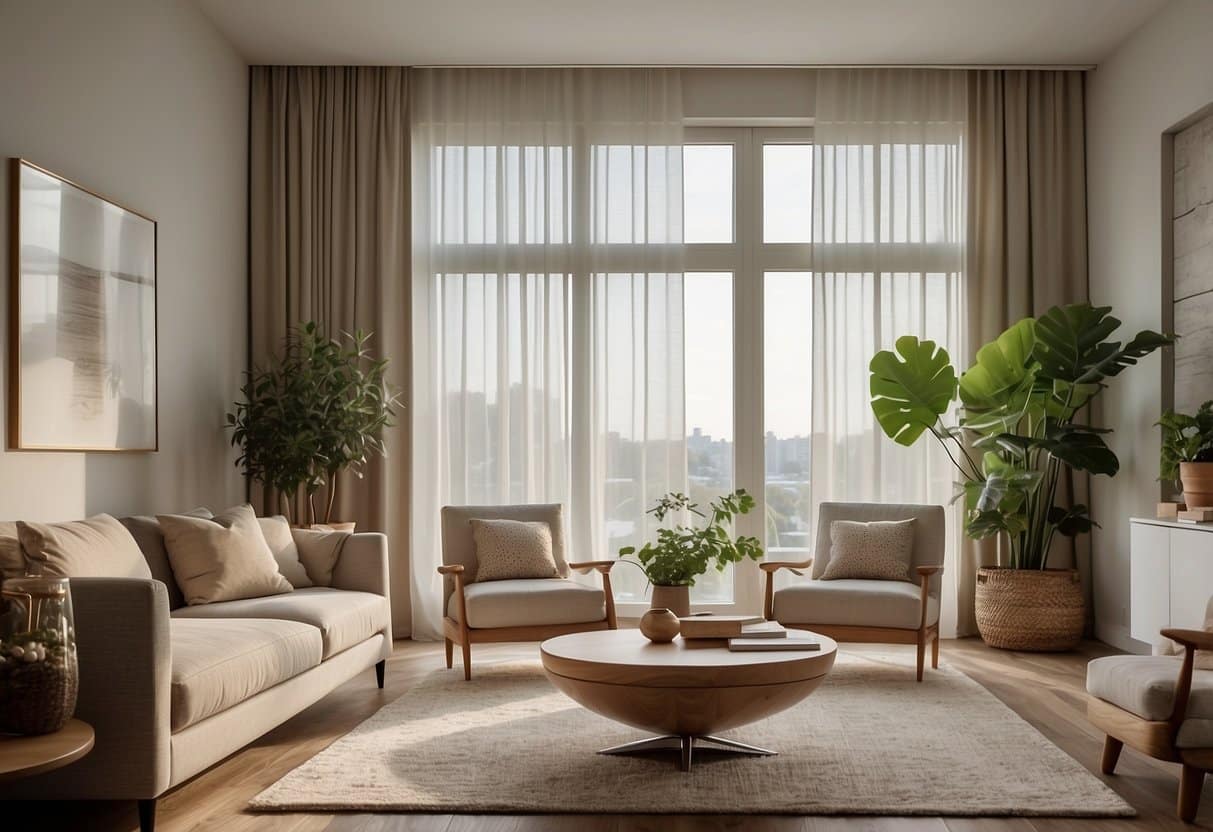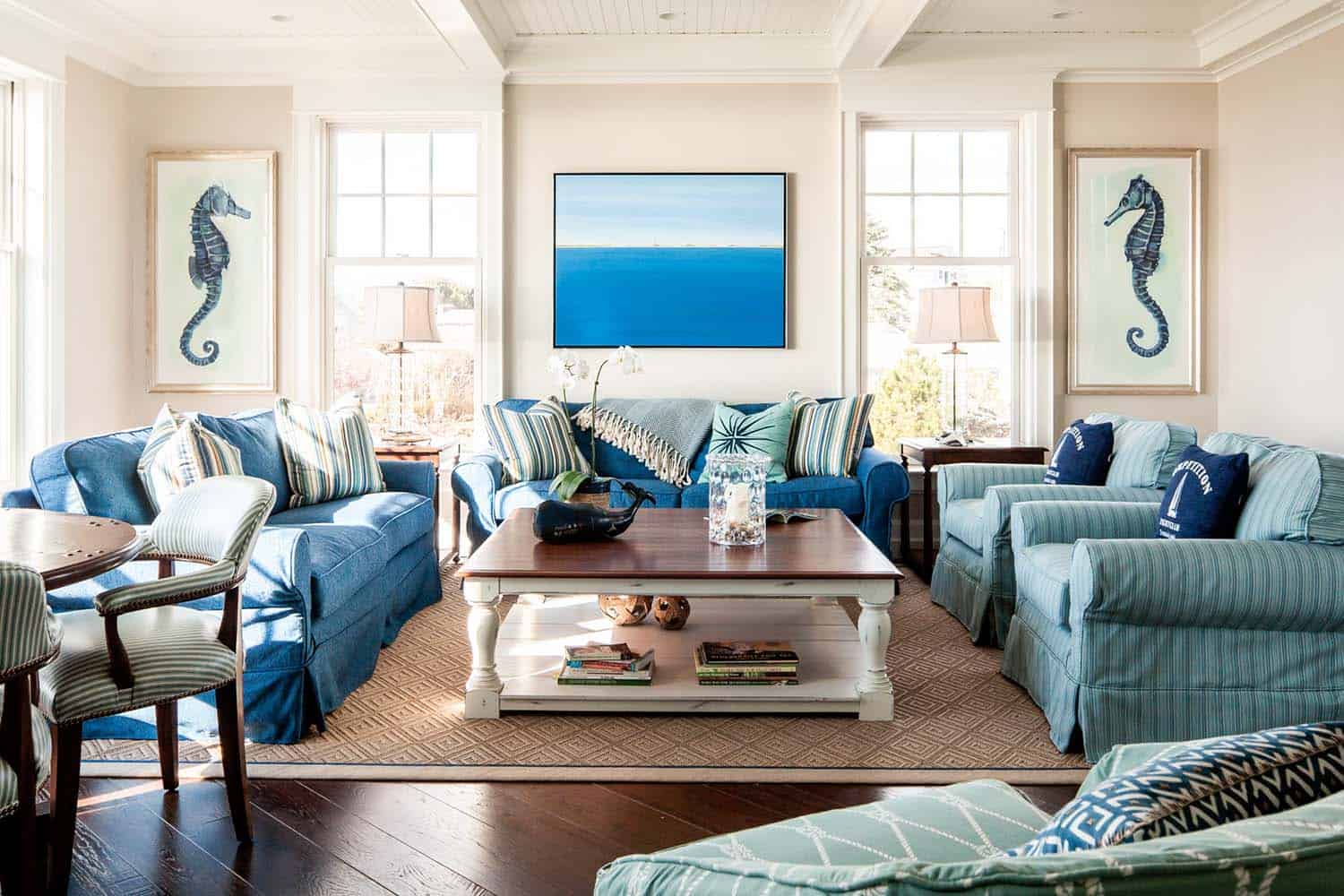The Evolving Landscape: Staying Current with Trends and Technologies in Interior Design Education
Keeping up with the newest tools and trends in the world of interior design is not just a nice-to-have; it’s a must. Those who educate interior design must change future designers’ thoughts, not just teach them. Why do these changes happen so quickly? How do teachers and students keep up? Let’s look at how interior design education is changing and find out how to stay relevant in this ever-changing area.
Understanding the Importance of Current Trends in Interior Design
Why Follow the Trends?
Imagine walking into a room that feels like a time capsule from the 1970s. The shag carpet, the avocado-green appliances—it’s all too much. Now, consider how this applies to interior design education. It can be just as shocking and useless to use teaching methods or design ideas that are stuck in the past. Teachers need to keep up with the latest trends in order to prepare their students for the problems they will face in the real world. But why is this so important?
- Relevance in a Competitive Industry: The interior design industry is fiercely competitive. To succeed, students need to be fluent in contemporary styles, materials, and methodologies.
- Innovation and Creativity: Current trends often reflect innovative solutions to new challenges, such as sustainability and technology integration. By understanding these trends, students can push the boundaries of creativity and innovation.
- Client Expectations: Today’s clients are informed and trend-conscious. Designers educated in the latest trends can meet and exceed these evolving expectations.
The Role of Technology
The incorporation of technology in interior design has been nothing short of revolutionary. From 3D modeling to virtual reality presentations, technology has revolutionized how designers conceive and present. For students, learning these technologies isn’t just a way to keep up; it’s a way to use tools that can make their ideas even better.
Technology has made it easier for interior design students to seek professional aid online, especially with difficult coursework. For instance, students grappling with writing a dissertation can now seek guidance and expertise from professionals through various online platforms. Expert assistance can be invaluable when coping with complex academic writing and research. Not only does it make their work better, but it also gives them real-life practice managing big projects.
Key Trends Influencing Interior Design Education
Sustainability and Eco-Friendly Design
Sustainability isn’t just a buzzword—it’s a crucial element of modern interior design. Eco-friendly materials, energy-efficient designs, and durable approaches are transforming how teachers arrange classes. Students now learn not only about how things look but also how the designs they make affect the world.
The Digital Revolution: Software and Tools
The leap from drafting tables to digital design has been monumental. AutoCAD, SketchUp, and Adobe Suite are essential to interior design education. Precision, efficiency, and design visualization are now feasible with these technologies.
The Influence of Global Culture
Global effects on interior design are stronger than ever in a world where everything is linked. Teachers are teaching national styles and methods to give pupils a broader view of design.
Strategies for Educators to Stay Ahead of the Curve
Continuous Professional Development
For educators, continuous professional development is key. Attending industry conferences and workshops and networking with other designers helps educators stay current on technologies and trends. This constant learning not only makes their teaching better but also shows that they care about the field.
Collaboration with Industry Experts
Working with interior design pros can teach students more than simply trends and best practices. They can help pupils write academically. For example, students facing the challenge of crafting their personal statements for college applications can benefit from a college admission essay writing service which is often staffed by professionals with industry experience and can offer tailored advice on how to effectively communicate one’s passion and potential in interior design. This advice could be very helpful for students who want to get into competitive design programs and start their schooling off on the right foot. Students learn how to make things in the real world through these kinds of partnerships. They also give students the tools they need to do well in school and the job.
Leveraging Social Media and Online Resources
Social media and other online sites are great places to find information and ideas in this digital age. Teachers can get new ideas and points of view to use in the classroom by following well-known designers, design blogs, and online groups.
Adapting Teaching Methods to Modern Needs
Embracing Online Learning and Virtual Collaboration
The rise of online education has opened doors to flexible, accessible learning experiences. Interior design colleges have integrated online classes and tools to accommodate different learning styles and schedules. Like the design profession, virtual collaborative technologies allow students to collaborate remotely.
Hands-On Experience and Real-world Projects
While theory is important, there’s no substitute for practical experience. Innovative interior design colleges are integrating more hands-on projects and real-world experience. This method lets students use what they’ve learned, try out new ideas, and figure out what their works mean in real life. Working with professionals, interning, and working on real-world projects are wonderful methods to learn about interior design.
Encouraging Critical Thinking and Problem-Solving
In a field as dynamic as interior design, rote learning isn’t enough. Educators are placing a greater emphasis on critical thinking and problem-solving skills. Students are encouraged to question, analyze, and challenge conventional design norms. This not only prepares them for the complexities of design projects but also fosters a mindset of continuous learning and adaptation.
Conclusion
The field of interior design education is always changing because of changes in technology, changes in society, and new ideas. It’s not enough for teachers and students to just keep up with these changes; it’s also important to lead the way in an area that is always changing. Open to changing trends, tools, and instructional methods, interior design teachers may fulfill today’s students’ requirements and shape tomorrow’s designers.
It’s hard to say what will happen in the future because the creators are so creative. Staying aware, flexible, and open to change helps interior design teachers and students push the limits, change the norms, and create spaces that reflect the changing world. In the end, isn’t that what interior design is all about?







